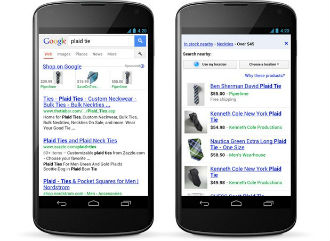 Changes in phone acquisition models might be about to contribute to the slowdown of smartphone sales in some markets, as well as BYOD adoption rates. An OECD report found that most markets are still heavily relying on subsidised phones and bundles, available on two-year plans.
Changes in phone acquisition models might be about to contribute to the slowdown of smartphone sales in some markets, as well as BYOD adoption rates. An OECD report found that most markets are still heavily relying on subsidised phones and bundles, available on two-year plans.
However, in many countries most mobile plans include an entitlement to a handset discount, which makes BYOD unattractive with costlier mobile plans. In spite of that the report found that in some big markets, such as France and the US, bundled phones actually end up $10 to $20 more expensive than the BYOD option. What’s more, the differences aren’t even evident to most consumers, which isn’t the case in some countries which mandate operators to disaggregate the cost of the device in monthly bills, revealing the actual cost of bundled phones.
The report found that operators in the UK are still trying to push two-year contracts, as they help create a stable customer base. One month contracts are used by about 17 percent of British consumers and the number has been more or less stable since 2007. However, two-year contracts accounted for 68 percent of sales in the first quarter of 2011, up from just 2 percent in Q1 2008. At the same time the number of 12-month or 18-month contracts is decreasing.
It is evident that the vast majority of high-end smartphone sales are coming from two-year plans and that this won’t change anytime soon. However, it is an inherently risky approach. Although two-year contracts with fancy bundles can help maintain a stable customer base, smartphones aren’t evolving nearly as fast as they did two or three years ago. The upgrade cycle is slowing down and the model might not work a few years from now, since Vodafone, O2 and EE aren’t offering subsidies anymore.
Consumers aren’t about to ditch bundled phones in favour of unlocked devices and cheaper plans, but the protracted economic downturn might prompt them to do so in the future.
However, having a good customer base and heaps of new devices sold every year allows carriers to invest more in infrastructure. Smartphones are driving 3G and 4G growth and without two-year bundle deals development would be much slower.
The OECD report concluded that consumers can benefit from reduced lock-in by simply buying a pricey smartphone through monthly instalments and using a cheaper plan. Increased transparency, such as disaggregating the cost of the phone in the monthly bill would help as well, along with more unlocked phones. It all comes down to the consumers, but most of them don’t appear to be well informed and savvy to compare competing mobile plans, or the cost of getting an unlocked phone and a separate plan.





